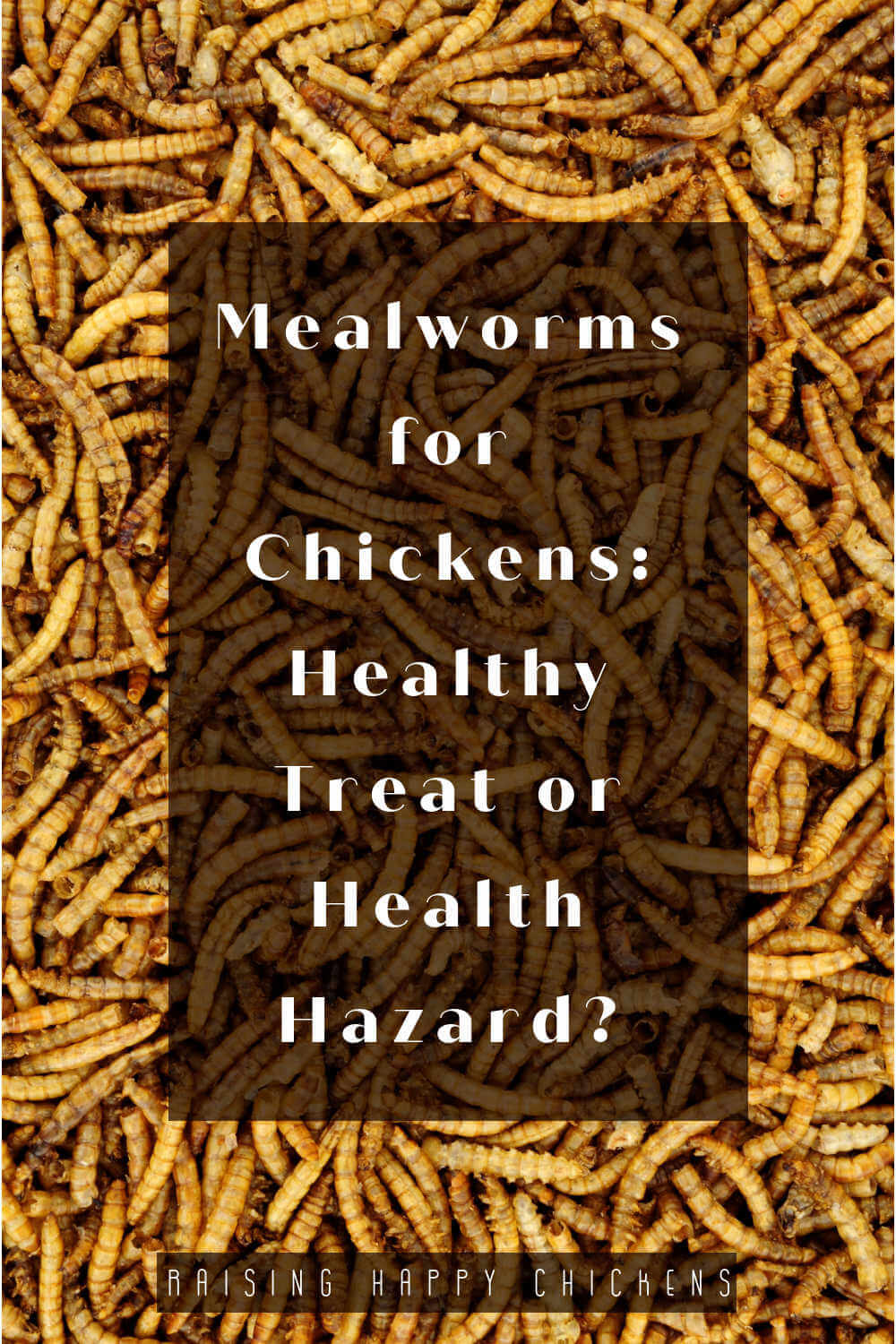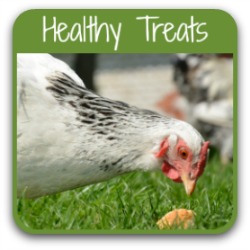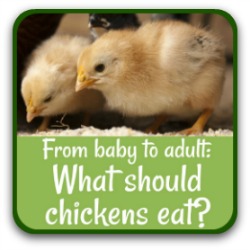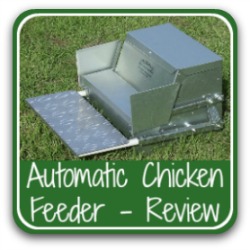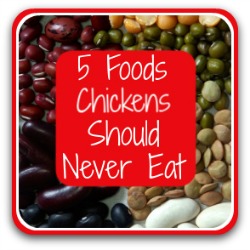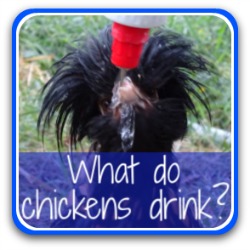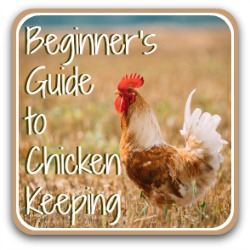Mealworms for chickens.
Are mealworms good for chickens? Why are they illegal in some places? Where can you buy them? And is it possible to grow your own?
Please note: there are images of mealworms and the mealworm beetle on this page, in different stages of development. It's important to know what they're like - but if you're squeamish, please either scroll past them, or go to another page!
For chickens, mealworms are as addictive as any drug. For humans, we like throwing out handfuls and watching the flock run after them like mini dinosaurs.
But are they a healthy treat for chickens? Should they be given all year round, or only on special occasions?
And why has the European Union made it illegal to feed mealworms to chickens?
This article is based not only on my own experience of feeding mealworms to chickens but on research findings about their health benefits, and on an assessment of the UK's statement about why they should not be fed to chickens.
I also propose a completely legal way you can overcome those issues and feed your chickens the healthiest mealworms ever!
This is a long, detailed article.
If you want to skip to one section in particular, these links will take you there.
What are mealworms?
What do they look like?
They're between half an inch and one and a half inches long (depending on their age), with a hard shell which is a yellowish colour with brown rings.
Like this...
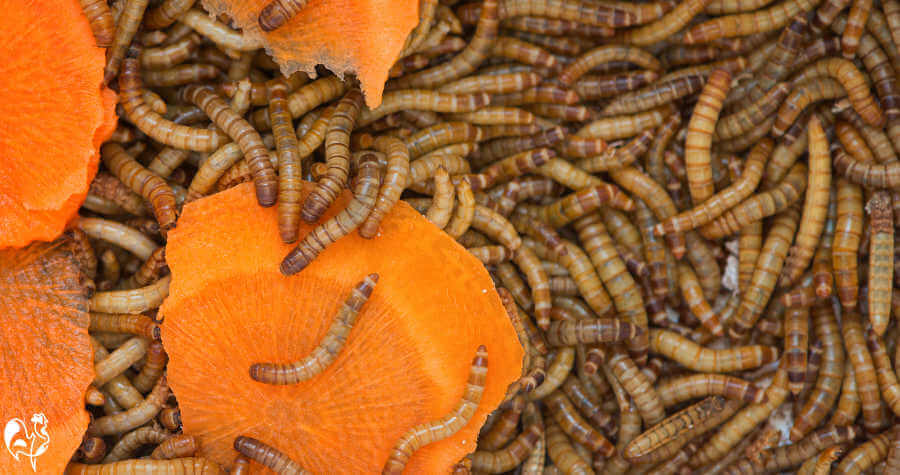
What's the difference between mealworms and waxworms?
Waxworms are the larva of the wax moth, while mealworms are (as we've seen) the larva of the mealworm beetle.
Telling the difference is easy. Waxworms are shorter, fatter, softer and a creamy white colour.
Both can be fed to chickens, but wax worms are higher in fat which can cause problems including Sudden Chicken Death Syndrome(1). Mealworms can also be grown at home; waxworms not so easily.
Stick to mealworms!
How long do mealworms live, and what's their life cycle?
Why is this important to know? We'll come to that...
Mealworms are the larva stage of the mealworm beetle (Tenebrio molitor, to give it its proper name).
Like flies, the beetle has four life stages: egg, larva, pupa and adult beetle. An adult beetle will lay around 500 eggs which hatch into the mealworm larva after between four and nineteen days.
The mealworm lives for two to three weeks and undergoes several moults before it finally becomes a pupa, which then hatches into the beetle, which lays the eggs.
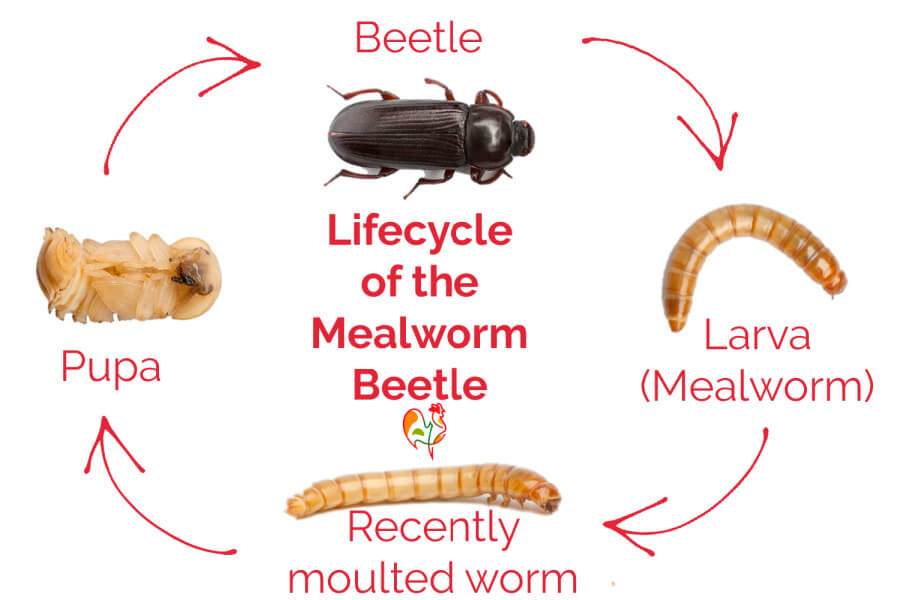
Mealworms for chickens.
Mealworms have been used as a high protein human food in many Asian countries for centuries.
More recently they've become an option in the poultry industry to replace soy and fishmeal, which have environmental issues around deforestation (soya) and depletion of marine life (fishmeal)(2), as well as cost.
And they've also become a favourite of people who fish (as bait), wild bird lovers and backyard chicken keepers. But there are issues about their origins which have meant they've become illegal in some places.
For more information about the ins and outs of the legal issues, see below.
Are mealworms good for chickens?
Chickens love mealworms. Mine would positively kill for them. But are they a healthy food source?
Research has all centered on broiler hens (as poultry research generally does) and shows that...
"Mealworm meal is ... rich in protein, fat, energy and fatty acids, and can successfully be used as feedstuff in poultry diets"(3).
Additionally, mealworms contain high levels of leucine, an amino acid important in regenerating body tissue, and lysine, which helps the absorption of calcium – important for the health of laying hens in particular.
Their high protein levels make them a good prospect at times of stress: moulting, for example, or after a predator attack.
But like any treat, chickens should only eat mealworms in moderation. If left to their own devices they'd eat them in preference to their balanced feed, which will lead to an unbalanced diet and potential health problems.
Feed sparingly, and only at times when high protein foods are recommended.
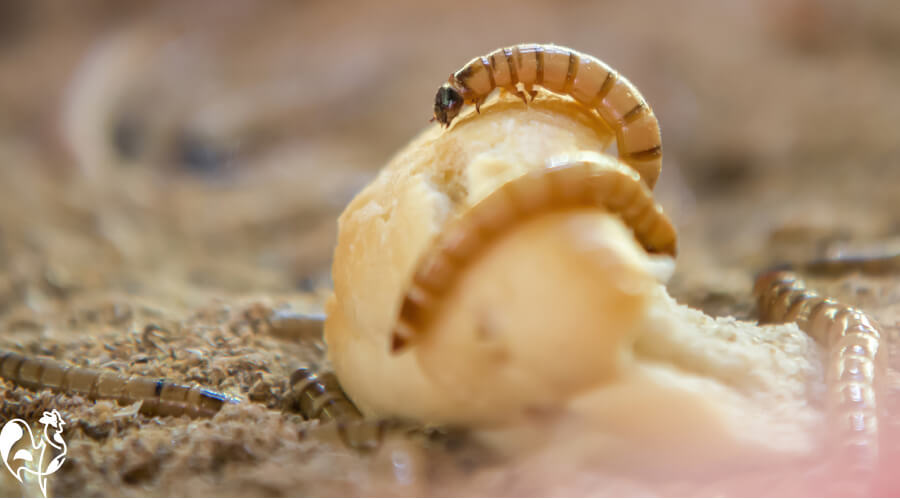
When can baby chicks have mealworms?
Hens bred commercially for their meat (broiler chickens) often have mealworms or mealworm protein protein fed to them as chicks because it aids fast growth(2).
But that doesn't make them a good treat for the chickens we keep in our backyard. The speed of broiler growth means the birds grow too quickly for their legs to be able to support them, which is (obviously) detrimental to their welfare.
It's not what we want for our baby chicks.
I would not feed mealworms to chicks until they're a month or so old and again, in great moderation, and always making sure they have access to grit (not oyster shell - they're different!) in the brooder.
See this article for more information about treats for chicks.
Which is best: live mealworms, or dried?
This is a no-brainer, even leaving all legal issues apart.
Live mealworms.

Live mealworms have a higher level of fat (approximately 27% vs 18% dried) and protein (49% vs 36%).
They also have a much higher water content, of course, since dried mealworms are essentially dehydrated.
Which makes live mealworms easier to digest and more nutrient-rich than dried.
Dried mealworms.
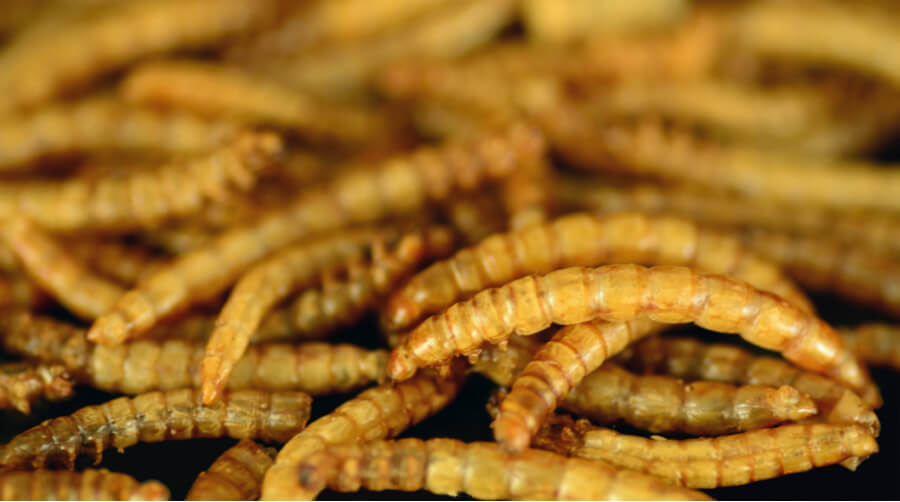
There are three ways of drying mealworms: sun-dried, oven, vacuum or freeze dried. Most commercially available mealworms are freeze dried.
Studies(4) have shown sun-dried as having a lower level of protein, but a higher fat content. There was no difference between the other drying methods in terms of protein or fat.
Microwave drying resulted in a lower level of vitamin B; oven drying resulted in slightly lower levels of zinc. Other than that there was no difference.
Where can I get cheap mealworms for chickens?
Don't.
That is, be very careful where you buy dried mealworms from. Many companies, even reputable ones, look as though they're selling products from their own country.
On closer inspection you'll see they are importing, often from China, and re-packaging the mealworms as their own.
Which leads us neatly into...
Why are mealworms illegal in some places?
In the 1980s, an outbreak of Bovine Spongiform Encephalopathy, commonly known as BSE or "mad cow disease" impacted herds of cows in the UK and was traced to feed contaminated with an animal protein called prion.
In early 2000, an outbreak of foot and mouth disease in the UK was again linked to the presence of infected feed.
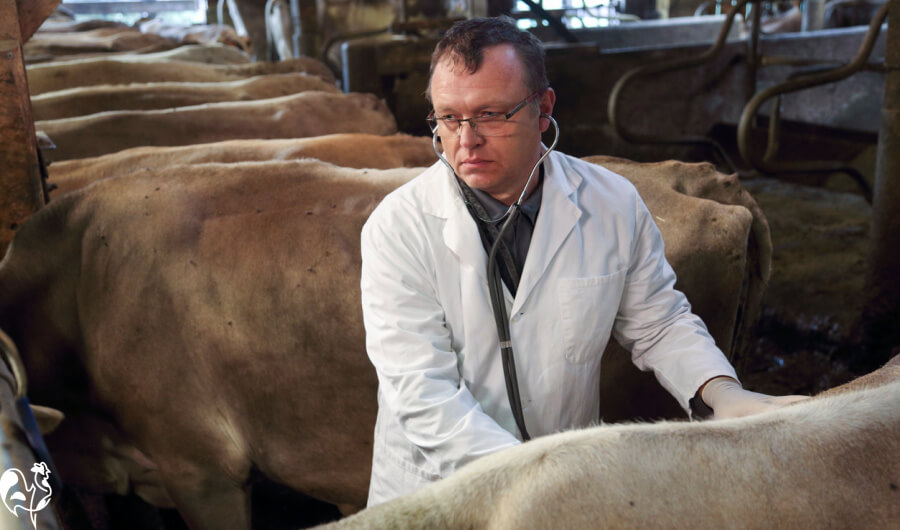 A veterinarian tests a herd for BSE.
A veterinarian tests a herd for BSE.This caused the European Union to ban feeding any form of animal products to animals, including chickens.
And in 2014, the UK's Department of the Environment, Food and Rural Affairs (DEFRA) announced a ban on feeding chickens (and other farm animals) any form of animal protein, or (in the case of mealworms) insects which may have been fed on animal protein.
Imported mealworms aren't inspected, so there's no way of knowing whether or not they have been fed on natural produce, such as vegetables, or other such as animal products. It's known that even styrofoam has been used to feed mealworms in some countries, to keep costs to a minimum.
And if they have been fed on questionable fodder, there's a high potential for importing and spreading disease.
So DEFRA stated:
"Dried terrestrial invertebrates (insects) and processed animal proteins (PAPs) of insect origin cannot be used in farm animal feed or in treats, for example hen treats"(5).
Change is in the air.
So at the moment, it remains illegal to feed "insect derived proteins", including dried mealworms, to chickens in the EU and UK.
There are no such regulations in the US, or the rest of the world.
However, in April 2021, EU member states voted to relax that legislation "once the risks have been fully considered, and providing safeguards to public and animal health are ensured(5).
This is proposed to come into effect by the end of 2023. DEFRA is likely to follow the EU's lead.
How to remain legal .
Telling my chickens that feeding them mealworms is illegal won't make much difference to the fact that they love them.
Given not just the legal constraints but the health implications – positive and negative – each of us must make up our own minds about whether or not they're a healthy option for our flock.
Should you decide not to go down the dried route, feeding live mealworms is certainly an option. It's not illegal because they're live, and because you can be certain about what you've used to feed them.
Which is unlikely to include styrofoam.
And that leads us to...
How to grow mealworms: make your own mealworm farm!
There are many videos on YouTube explaining how to breed mealworms by creating a DIY mealworm farm.
I have to be honest and say I haven't been able to face raising my own mealworms yet! But the process described in this short video seems both clearly described and simplest to understand.
If you want to go the whole way and raise your own, there's also a video on my article about high protein treats which gives details of how to keep mealworms alive!
Where to buy mealworms.
Links in this section are "affiliate links", which means that if you click and buy something, I earn a small commission at no extra cost to you.
Buying live mealworms.
Mealworms are a popular bait for fishing, so it may be possible to buy live at your local feed store or fishing tackle shop.
Otherwise, it's possible to buy live mealworms online. This is one potential source which has good reviews.
Knowing the legalities and health implications of feeding dried mealworms to chickens, if you decide to go down that route there's plenty of choice for buying on the internet.
It's virtually impossible to find a brand which is not a Chinese import. At least make sure they're non-GMO certified, and not dried by microwave. Freeze dried is best.
This is one brand which has good reviews and is produced in the US. For legal reasons, I can't actively promote buying dried mealworms for chickens in the UK or EU.
Frequently asked questions about mealworms and chickens.
Can chickens have mealworms every day?
Can chickens have mealworms every day?
They would love that. But feeding any treat every day is likely to be creating problems.
Mealworms are high in protein and high in fat. Excesses of either can cause health problems.
As I've said above, feed sparingly, and mainly at times of high stress such as cold weather, predator attack or moulting.
Do mealworms make chickens lay eggs?
Do mealworms make chickens lay eggs?
No.
Hens lay eggs for various reasons, but eating mealworms is not one of them! Laying hens do best on a high quality layer feed with the occasional healthy treat.
See my article about how best to care for laying hens for detailed advice.
Should dried mealworms be soaked before feeding them to chickens?
Should dried mealworms be soaked before feeding them to chickens?
No, it's not necessary.
But do make sure your flock has plenty of fresh water to drink when they need it. And in the summer, add in some hydrating treats to keep them healthy.
What kind of feeder is best to put mealworms in?
What kind of feeder is best to put mealworms in?
It's not necessary to have a special feeder. Throw a handful on the ground or into your deep litter so your chickens have to work for them!
Don't mix them in with your chickens' feed, though. If you want to put them in a dish use a shallow bowl so the flock can choose how many they eat (here's a clue: there's unlikely to be any left!).
How do you store mealworms for chickens?
How do you store mealworms for chickens?
Dried: keep dried mealworms in an airtight container with a well-fitting lid, in a cool, dark place.
Live: see this article – including the video about how to grow and care for mealworms.
Other articles about feeding chickens you'll find useful.
Sources.
A lot of "facts" you'll find on the internet are often people's individual views, based on inaccurate information repeated from poor quality sources.
The information I provide in this article and others is based not just on my own experience, but on evidenced facts from scientific, peer-reviewed research and books from highly respected and experienced poultry keepers such as Gail Damerow.
Some of the trusted sources I have used in this article are these.
1. Finke, Marke D: Complete nutrient content of four species of commercially available feeder insects fed enhanced diets during growth. Pub. Journal of Zoo Biology, 2015.
2. Elahi, U, et al: Evaluation of Yellow Mealworm Meal as a Protein Feedstuff in the Diet of Broiler Chicks. Pub. Animals (Basel), 2020.
3. Calislar, S: Nutrient content of mealworms (Tenebrio molitor) and the utilization possibilities in poultry nutrition. Pub. International Conference on Agriculture, Forest, Food Science and Technologies, 2017.
4. Kronke, N, et al: Effect of Different Drying Methods on Nutrient Quality of the Yellow Mealworm (Tenebrio Moiltor). Pub. National Center for Biotechnology Information, 2019.
5. DEFRA: Supplying and using animal by-products as farm animal feed. Pub. Department for Environment, Food and Rural Affairs (UK), 2014, updated 2019.
